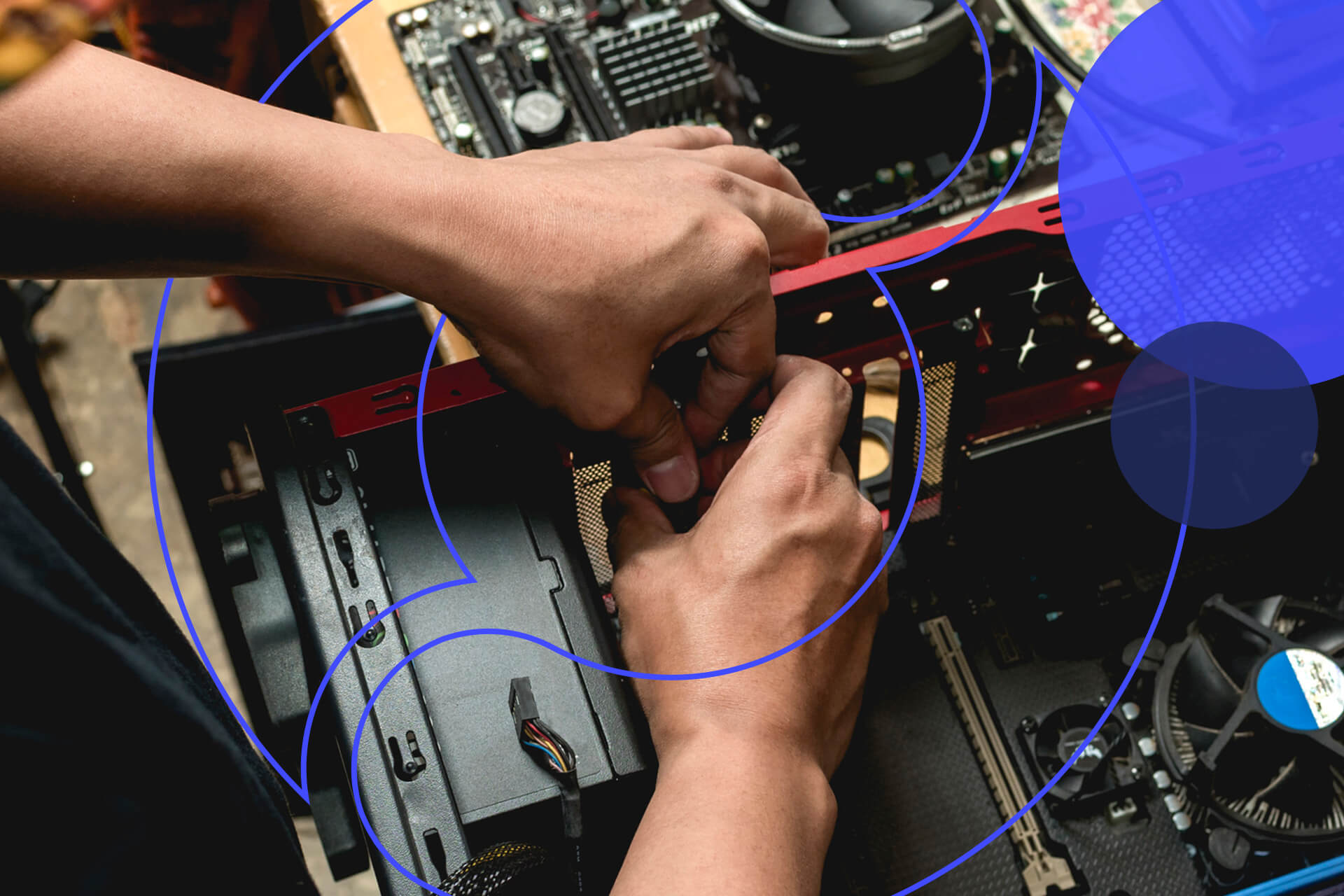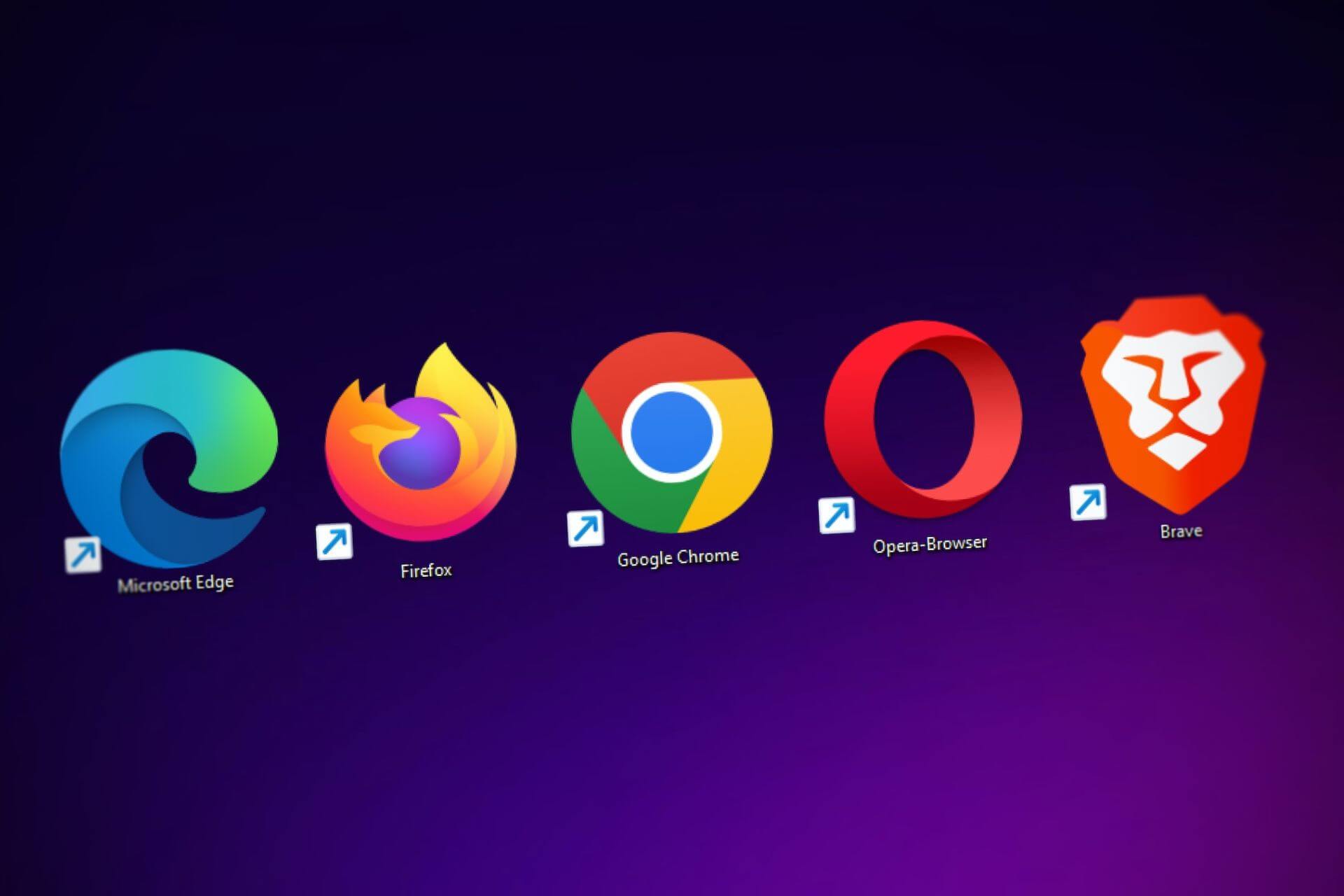
Top 10 Common Computer Problems [Part 2]: Fixing Computer Problems Yourself
November 21, 2019 - Emily Newton
Revolutionized is reader-supported. When you buy through links on our site, we may earn an affiliate commision. Learn more here.
This post is a sequel to my last technology post: Top 10 Common Computer Problems That Get Under Your Skin [Part 1]. I recommend checking that post out first before reading through this post.
Computers and troubleshooting go hand in hand. Sometimes they slow down or freeze up, encounter software bugs or even stop working altogether. While everyone would love our computers and devices to work 100% of the time, this is not always possible. Fixing computer problems shouldn’t be a headache. The trick is to learn how to deal with the most common problems so when something does happen, you can fix it quickly and efficiently. This leaves you with little to no downtime, whether it involves your home computer or a desktop at work. Keep reading to learn methods for fixing common computer problems.
1. How to Deal With the Blue Screen of Death
The so-called “blue screen of death” has been around since the early days of Windows. It happens when the operating system encounters a critical error, both hardware and software related. Most of the time it is caused by a driver or hardware problem, but it can occasionally be due to a failed app or piece of software.
When the blue screen appears, it will display pertinent information about the crash. The most important piece of info is a STOP error, which includes an error code for the problem your computer encountered.
The best way to find out what happened is to do a simple web search for this error code. Make sure you write it down before the computer restarts.
If you miss it, you can always use the Windows Event Viewer, to see system error logs.
2. Replacing Missing DLL Files
A DLL file is essentially a unique function that developers can include with their applications. These files contain instructions for the computer and OS (operating system). If one of these files is missing, it can cause a lot of problems, especially since there are so many of them.
The best way to deal with missing DLL files is to rely on the System File Checker — an integrated Windows utility. It will scan the system files on your computer’s main hard drive and check to see if anything is missing or corrupted. It’s entirely possible for files to exist, but they might become corrupted over time. This can even happen if a hard drive is starting to fail.
The System File Checker will scan all the necessary directories and will replace or repair files as needed.
You can also use your Windows install CD or installation ISO to manually copy the DLL files needed, but this is a lot more complicated.
3. Applications Running Slowly
A computer slowdown that causes apps to run poorly is extremely common. However, this is not an easy fix because there are so many factors that could be contributing to the slowdown.
For example, your computer may need more RAM, or random access memory, to handle processes better.
A computer can also experience slowdown if a hard drive is full — often this is the main hard drive on which the OS is installed and runs. But a failing hard drive or one nearing the end of its life can also cause significant slowdown.
Then there’s the number of apps and processes you have running. Google Chrome, for instance, is notorious for eating up a lot of system memory and resources because it keeps so many processes open.
First, you need to pinpoint what is causing the slowdown. The best way to do this is to duplicate the problem by shutting everything down and opening apps and processes one by one.
Open the Windows Task Manager by holding CTRL+ALT+delete and then choosing the related option. The Task Manager windows will appear. Make sure you are looking at the “processes” tab. Here, you can see all the apps that are currently running on your computer.
Start shutting down the apps you have started — or even some that have automatically started — but do not close any system-intensive tasks. You’ll know right away if something is system intensive because an error window will appear asking if you really want to close that process. Obviously, when that happens, you’ll want to refrain from doing so.
Once you are confident, all the user apps are no longer running. Open your apps and tools one by one and check to see if there’s a slowdown. This will allow you to find the culprit.
4. Remove Malware
The best way to deal with malware — and prevent it — is to keep a malware tool on your computer and updated at all times. Keep in mind malware tools are separate from virus software. Sometimes a security suite will include tools that can screen for viruses and malware, but they are not the same thing.
One of the best malware tools you can find is MalwareBytes Antimalware. There is both a free and premium version, though the features do differ.
Malware can often hold your computer hostage — this is also called ransomware — or slow it down by using up system resources. Spyware is also a problem, which is similar to malware except it collects sensitive information about you like bank account numbers, passwords and more.
Malware, spyware, and viruses need to be dealt with immediately if and when you encounter them.
5. Troubleshooting Internet or Network Connectivity Issues
Another common problem that can cause a lot of headaches is internet connectivity. This can be an issue with your ISP, locally with your router and other hardware, or even software related with your computer. Sometimes even just restarting Windows can fix a problem.
If you want to check your internet speeds, you can use a tool like Speedtest.net. You can also use the Windows network diagnostic tool to check for local problems, like driver or wireless card failures.
6. How to Deal With Hard Drive Failure
Unfortunately, hard drive failure is bound to happen eventually. As drives are used to read, write and erase files, the components inside wear down. The worst part is that there’s never usually a way to tell when it’s going to happen. Yes, you can run diagnostics on a failing drive and see signs, but when they appear, the drive could die right then and there, or it could still have months of use left.
When a hard drive fails, the only way to fix the problem is to have it replaced. You can do this yourself by buying and installing a new one, or you can take your computer to a shop — but that will be much more expensive.
The trick is to make sure your personal data is always backed up. You can do this by regularly copying or backing up files to an external or alternate hard drive. That way when the one you’re using fails, you still have the backup data to moved to your new drive.
If you do not create backups — or even don’t perform them regularly — there’s a real possibility you will lose valuable data if and when a drive fails. That can include important documents, passwords and accounts, photos, videos, media content, game saves and more.
7. Bypass a Frozen Screen
If the screen freezes, there’s only one thing you can do. You should immediately press CTRL+ALT+Delete and choose the “Task Manager” option if a menu appears. If it does, simply close the app or process that is frozen. If that option doesn’t work, then you’ll need to power cycle your computer.
This shouldn’t be happening often. If it is, it’s generally a sign of more severe hardware issues like failing components or overheating.
8. Remedy Strange Noises
To deal with strange noises, you first have to isolate the problem. Figure out what hardware component is making the noise, if possible. Then run a diagnostic tool or simply replace the hardware.
9. Fix Overheating Problems
The best way to deal with an overheating issue is to monitor the temperature inside your computer case or chassis and then take action. If the CPU or processor is overheating, you likely need to reseat the chip by coating it with new thermal paste and installing a new fan. If it’s the GPU or graphics card, you’ll likely need to replace the card — but in some rare cases, you can have it repaired or sent back to the manufacturer for a replacement.
You can use a tool like Open Hardware Monitor to check the temperature of components inside your computer.
If the temperature inside the case is getting too hot and it’s causing everything to lock up — which is not as common but still happens — then you’ll want to install case fans inside the chassis. You can also rearrange components and hardware inside the case, so there’s enough space for air to flow in and out.
10. Applications Not Installing
If an application or piece of software is not installing on your computer, it typically means one of two things. Either the application is not compatible with your particular operating system, or the software has requirements your computer does not meet.
Always compare the minimum system requirements necessary to run software with the specs of your computer. If you don’t meet those requirements, then you simply cannot run the program without upgrading. This is rare, but it can happen. Most of the time the software will still run, but it will do so poorly. There is the off-chance that it won’t finish the installation process, however.
In the first case — where software is not compatible with your OS version — there’s not much you can do. You can try and look for a compatible version of the software you want to run, or you can look for an alternative.
Fixing Computer Problems Yourself
I hope this quick guide has helped you better understand some of these common computer problems. While it’s ideal if you can fix them yourself, there’s no shame in getting help if things just aren’t working.
Everyone needs help sometimes, after all — especially with computers.
Revolutionized is reader-supported. When you buy through links on our site, we may earn an affiliate commision. Learn more here.
Author
Emily Newton
Emily Newton is a technology and industrial journalist and the Editor in Chief of Revolutionized. She manages the sites publishing schedule, SEO optimization and content strategy. Emily enjoys writing and researching articles about how technology is changing every industry. When she isn't working, Emily enjoys playing video games or curling up with a good book.





Very helpful Post for me
Quite insightful.